Applied Mathematics and Computational Sciences
Aesthetic patterns for freeform architecture
Planar designs are used to model complex curved surfaces, with applications from architecture to 3D prints.
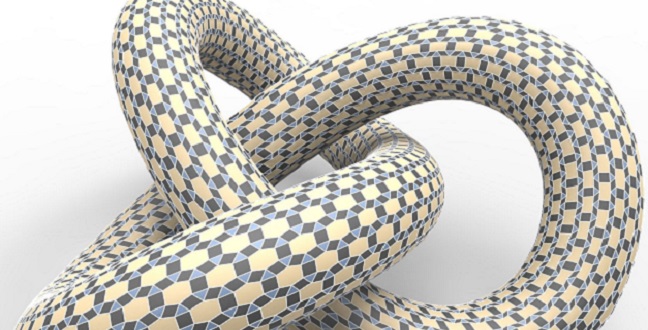

An example of a regularized polyhedral pattern on a knot with varying Gaussian curvatures, as generated using the computational tool.
© 2015 KAUST
Freeform geometries are becoming increasingly common in architecture, but the construction of curved surfaces has been a long-standing constraint on such designs. Researchers from KAUST have now expanded the potential for freeform architecture by developing a computational tool that can wrap freeform surfaces in an aesthetic, regular pattern made up of different types of planar polygons1.
“Renowned works like the Eiffel Tower Pavilions or the Islamic Art Department of the Louvre Museum are displays of recent progress in freeform architectural geometry,” said KAUST researcher Helmut Pottmann. “However, to keep construction cheap and efficient, a key challenge lies in creating panel layouts for such surfaces using planar panels.”
Pottmann and his team came up with a new way to lay out freeform surfaces using planar quadrilaterals, which have structural and cost advantages over the traditional triangular panels used in such constructions. However, both quadrilaterals and triangles leave much to be desired aesthetically.
“Our goal was to mix different planar polygons so that they form aesthetically pleasing patterns — a kind of interdisciplinary study of art and mathematics,” said Pottmann.
Through geometrical and mathematical analysis, Pottmann’s team found a way to generate regularized patterns of planar polygons on freeform surfaces by explicitly identifying the symmetries that are not broken by different curvatures. A symmetry-based “regularizer” algorithm then imparts a pleasing repeated symmetry on the final pattern.
“For aesthetic reasons, the patterns have to be regular in some way,” noted Pottmann. “Traditional regularities force the panels to become either concave or convex, which does not meet our requirement for planarity. Our challenge was to develop a regularizer that balances flexibility and regularity while preserving planarity.”
To use the computational tool, the user inputs the freeform design, selects from a suite of predefined patterns and then configures the regularizer to achieve the desired pattern symmetry. A range of different symmetries are possible, including axial symmetry with respect to an axis passing through an edge or midpoint and reflective symmetries with respect to a plane.
The resulting computational tool is capable of producing some remarkably pleasing designs consisting of rich combinations of polygons with up to 12 edges over complex freeform surfaces.
Architects and engineers have already expressed interest in the tool, said Pottmann, but he believes there are many more opportunities in this field. “On the large scale, fabrication-aware design is important for architecture, but there is also a lot of interest in our approach for 3-D printing and personalized fabrication,” he stated.
References
-
Jiang, C., Tang, C., Vaxman, A., Wonka, P. & Pottmann, H. Polyhedral patterns. ACM Transactions on Graphics 34, 172 (2015). | article
You might also like

Applied Mathematics and Computational Sciences
Bringing an old proof to modern problems

Applied Mathematics and Computational Sciences
Accounting for extreme weather to boost energy system reliability
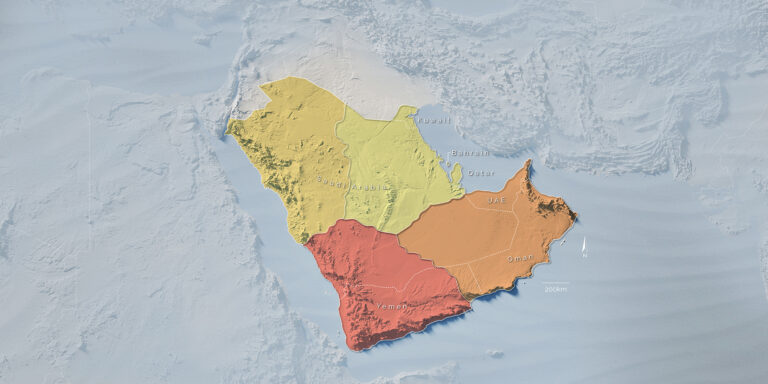
Applied Mathematics and Computational Sciences
Past and future drought patterns across the Arabian Peninsula
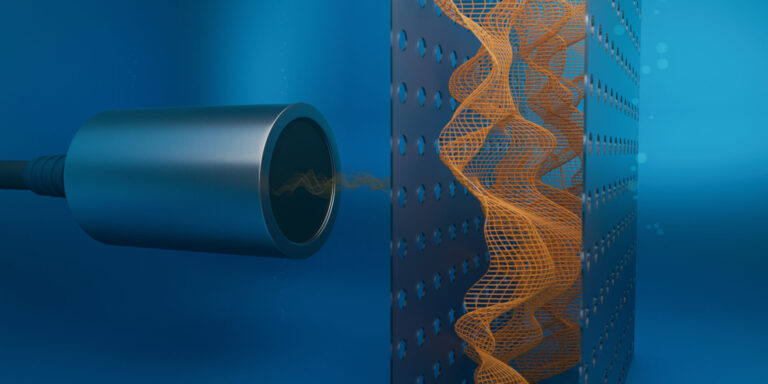
Applied Mathematics and Computational Sciences
New pattern for underwater resonators
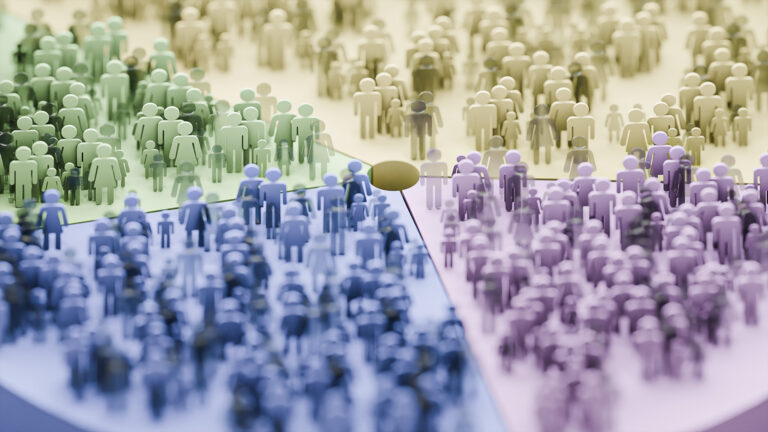
Applied Mathematics and Computational Sciences
Finer forecasting to improve public health planning

Applied Mathematics and Computational Sciences
Global look at sex differences in young people's mortality

Applied Mathematics and Computational Sciences
Going likelihood-free with neural networks
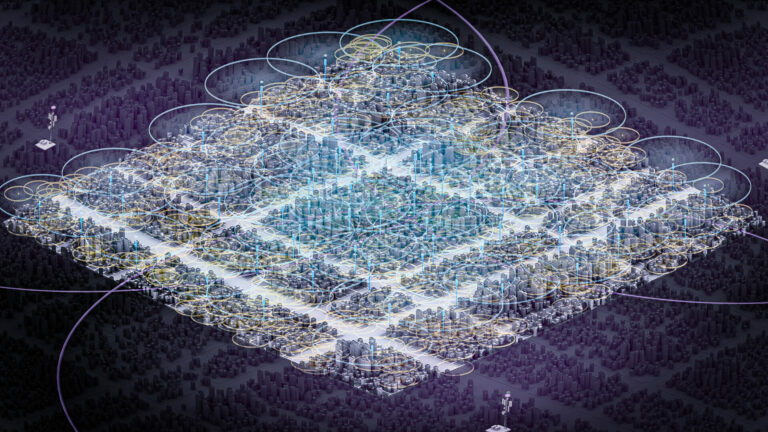
Applied Mathematics and Computational Sciences



